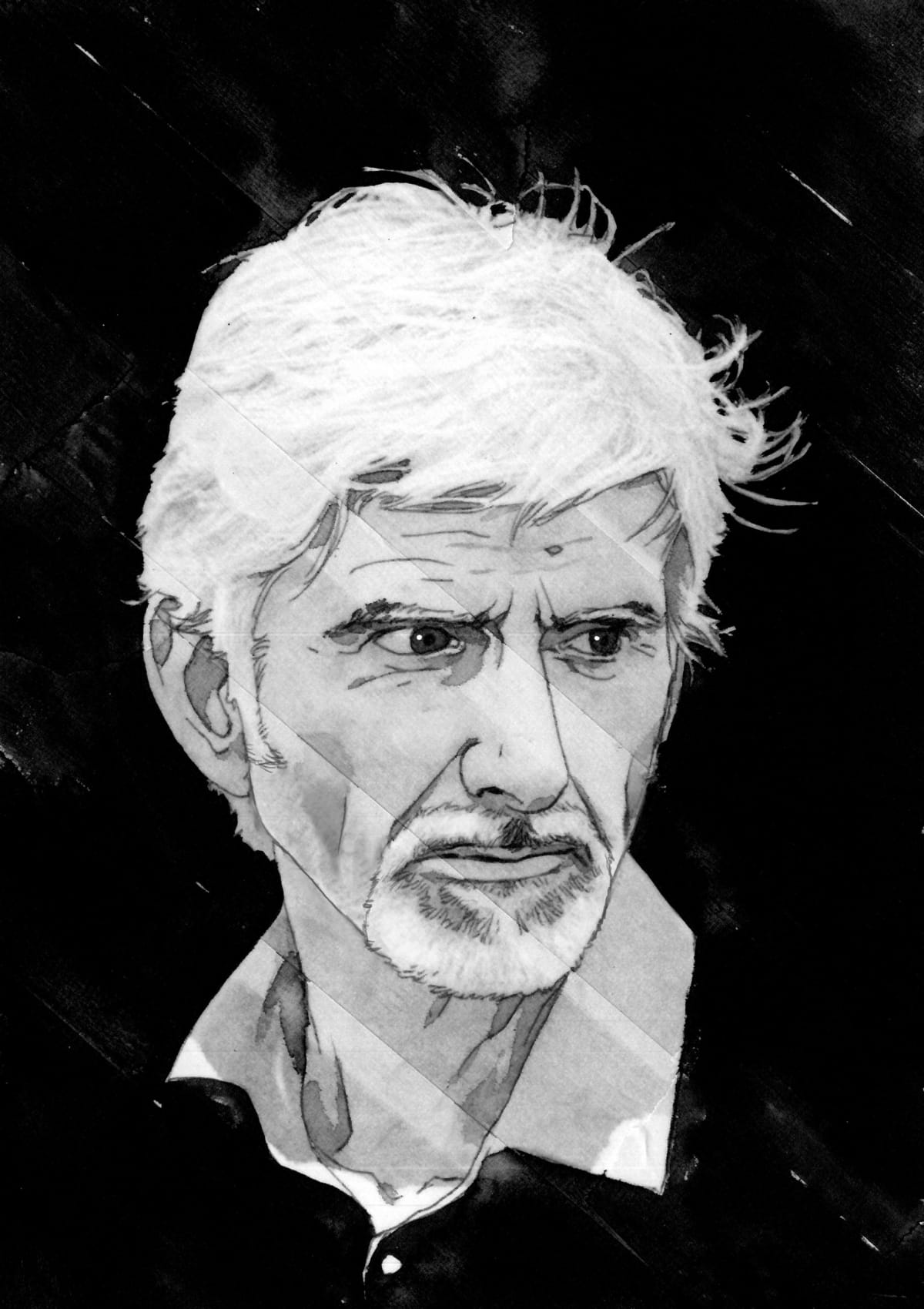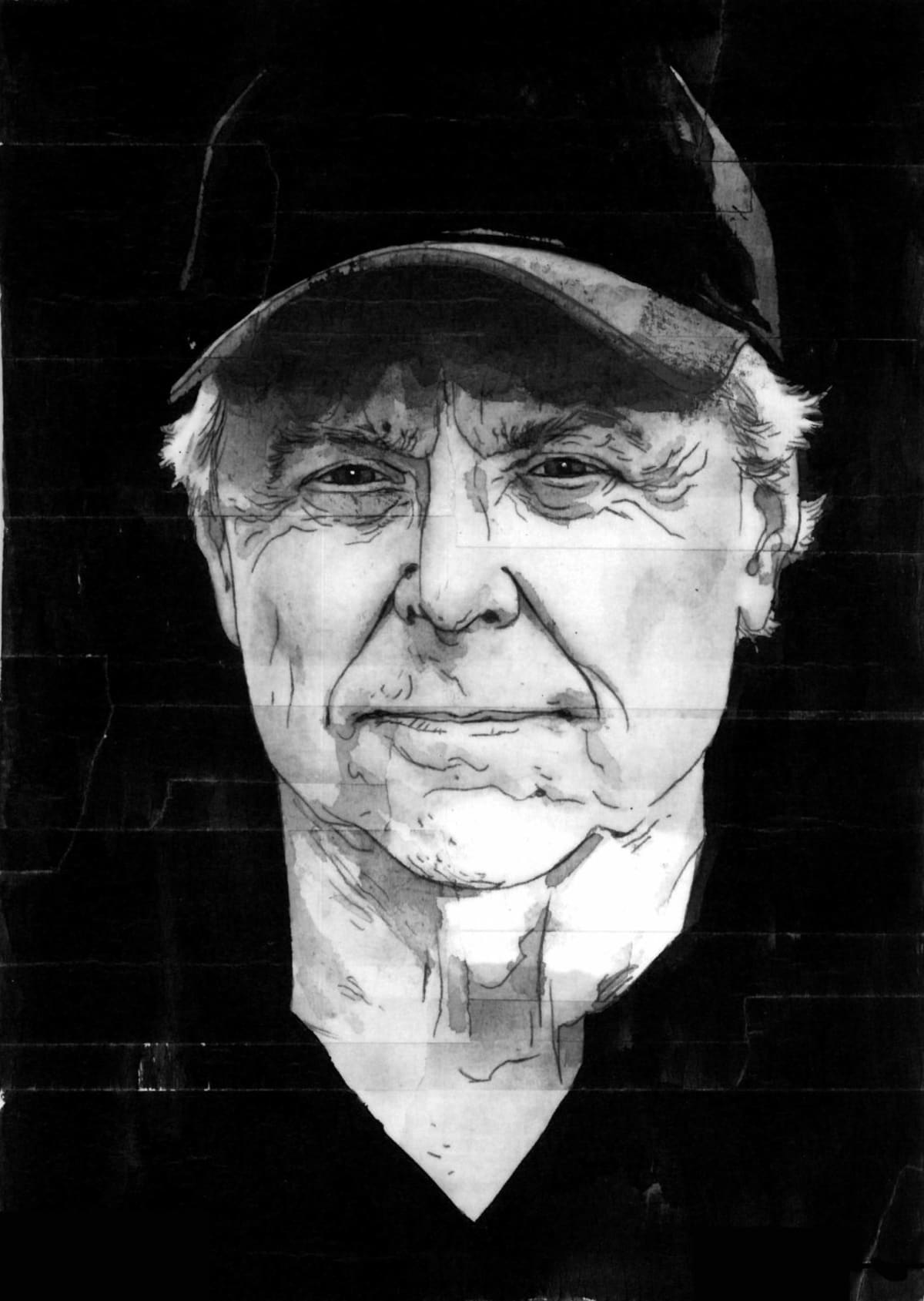"DEFEAT" Was Only The Beginning...
Published on Tue, Sep 17, 2019
By: Doug Stokes
Each of the pantheon of famous motorsports figures who Will Buxton interviewed for this book tells their own story
LACar Book Review
MY GREATEST DEFEAT
Author: Will Buxton
Artwork by Giuseppe Camuncoli
Published: May 2019, by Ervo Publishing UK
ISBN 978-1-910505-40-3
USA: $29.95 / CAN: $34.95
Review by Doug Stokes

My Greatest Defeat” by Will Buxton
Just to set the tone … The universally unpleasant term “defeat” in the title of this book is here used as a jumping off point for a first-person recitation of personal setbacks in the mercurial world of professional motorsports that ultimately resulted in victory, validation, and, in a number of cases, vindication.
These are personal and professional “defeats” all met here with great resolve…
Each of the pantheon of famous motorsports figures who Will Buxton interviewed for this book tells their own story; some of these stories are well-known, with others really seeing the light of day in (public) print and in this sort of detail for the first time. All of them are true stories about truly dedicated motorsports figures who got knocked down and who got back up. Not one calls themselves a hero … they all qualify.
There are, in fact, an even 20 racing drivers, who Buxton interviews here. None are victory podium recitals of sponsor’s names and close calls “out there” and each of the stories that Buxton expertly elicits is both interesting and intimate.

For the record, and as they appear in order in the pages of “My Greatest Defeat”, the protagonists are: Alain Proust, Alex Zanardi, Ari Vatanen, Bobby Unser, Carlos Sainz, Damon Hill, Dario Franchitti, Derek Bell, Emanuelle Pirro, Emerson Fittipaldi, Felipe Massa, Jackie Stewart, Jeff Gordon, Jimmie Johnson, Mario Andretti, Mika Hakkien, Niki Lauda, Rick Mears, Sebastien Loeb, and Tom Kirstensen.
… Like each of these famous men, every story here is unique and, as mentioned earlier, in many cases, not part of the standard-issue Wikipedia bios of these pros.
Take, for example, the late Niki Lauda and his personal “greatest defeat” he feels that he rose from. Known for his stunning comeback from near-fatal burns suffered in a terrible crash he suffered at the German Grand Prix in 1976; the three-time F1 World Driving Champion’s story of defeat and redemption here centers around the horrendous downing of one the airliners that he owned and operated after he retired from racing.

The crash, in late May of 1991, took place just north of Bangkok, and took the lives of all 223 passengers and crew who were aboard that ill-fated flight. It was a stunning defeat for a man who so loved flying and who actually captained flights himself in aircraft like the Lauda Air Boeing 767 that went down that day.
As it is now well-understood, a thrust-reverser on one the wide-body’s two engines engaged (in the words of the final report) “uncommanded” throwing the aircraft completely out of control and slamming it into the ground.
…But that conclusion was only reached after many months of gut-wrenching investigation by Lauda himself, his airliner crashing with that terrible loss of life having suddenly become his greatest defeat.
The story of his fight with the authorities as well as the aircraft’s manufacturer is as epic as any of his racing victories. And Lauda’s victory here was not only in clearing his pilot’s record, but in causing a design change of the engine’s thrust-reverser lockout system that likely averted many more such catastrophes for other carriers flying that particular model aircraft.
With Jackie Stewart it was not his dyslexia that saw him leave school at age 16, it was his one-man crusade to improve driver safety that found him cursed by race track management, disliked by racing organizations, and even shunned by other drivers.
He had seen far too many fellow drivers die. “It was happening so often that we were used to death,” he tells Buxton. Friends, competitors, rivals, “I was going to too many funerals.”

The grim toll in the years that Stewart raced averaged almost one driver death per race. Like every story in this book Stewart’s “defeat” is personal … seeing friends like Jim Clark, Jochen Rindt, Piers Courage, and his young protégé Francois Cevert all perish was devastating for the three-time World Champion.
Jackie Stewart’s answer was a steadfast, loud, and long quest for safety in driver gear, the race cars, and the very race tracks where events were held. In the end, this is outspoken, unpopular (and often derided) stance was this great champion’s lasting legacy and greatest victory.
In other, again very personal, story champions NASCAR legend Jeff Gordon who talks about family matters that, very early-on, were as trying and difficult as any of his on-track challenges.

Elsewhere in “Defeat”, Bobby Unser talks candidly about a skull-cracking head injury that he sustained in a freak accident just screwing around on a go-kart in his early days of racing …his doctors giving him a 10% chance of surviving the injury.
It’s not a plot-buster to mention here that, among other things, this Unser went to win the Indy 500 three times.
Perhaps the best-known reversal of fortune here related is that of Alex Zanardi and his losing both of his legs in a horrendous accident at an Indy Car race in Germany. By all reports, the young Italian driver should have perished right on the racetrack. Instead, the heroic action by a team lead by Doctor Stephen Olvey stopped him from bleeding out at the scene. Zanardi’s rise from almost certain death and his comeback as a para-athlete and racing driver is a story that still amazes and inspires.
Readers will find greats like Derek Bell talking candidly about his early failure as a Ferrari Formula 1 driver and his redemption as a world-class, long-distance sports car racer who won five Le Mans 24-hour races, three Daytona 24’s, and two World Sportscar Championships, as he recounts here: “… Just when I thought it was all over.”

Each of the stories told here is unique. Some are well-known, like Philippe Masa suffering a life-threatening injury that kept him out of racing for a full year when he was stuck in the head at high speed by a spring that was torn loose from another Formula 1 car. Masa came back and won an F1 race before he subsequently retired from the sport.
Others are something of revelations. The fact that, after a bad crash at the Sanair Speedway, the doctors in Canada wanted to quickly amputate both of Rick Mears’ legs and Rodger Penske’s refusal to accept that diagnosis is well-known. The problems that Mears had with alcoholism are not. Both are here.
Each story is written as a stand-alone chapter, a magazine-length feature. Taken all together, one is compelled to understand and admire the complexity and resolve of these drivers and their remarkable reactions to things good, bad, and flat out tragic.
In the long run, these “defeats” all echo various shades of Goethe’s: “What doesn’t kill us makes us stronger”.
Here, DEFEAT is just a starting point. -DS
ARTWORK BY GIUSEPPE CAMUNCOLI: There’s an original pen and ink portrait of each driver that (rather darkly) foreshadows each chapter. I suspect the reasoning there was to make each man look a bit more like the title precept.




